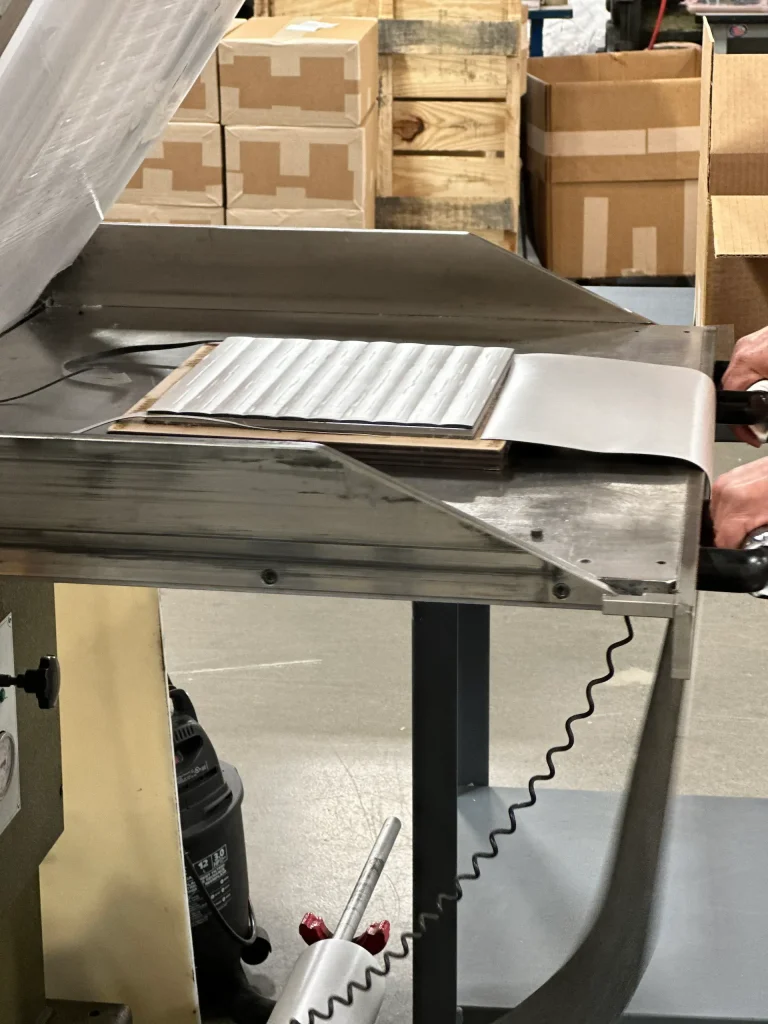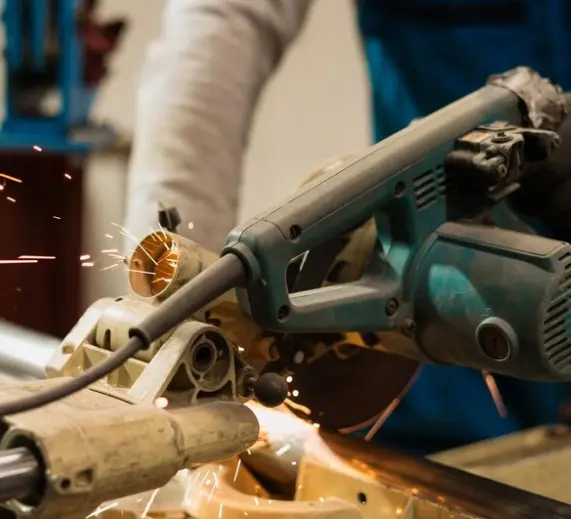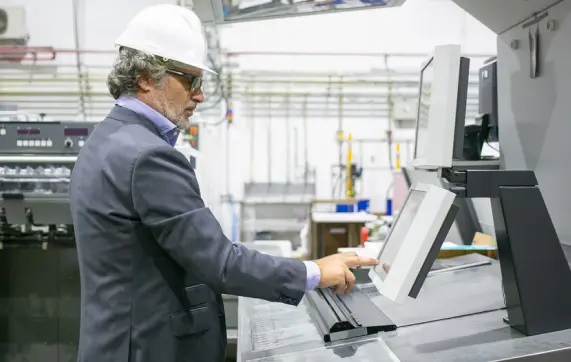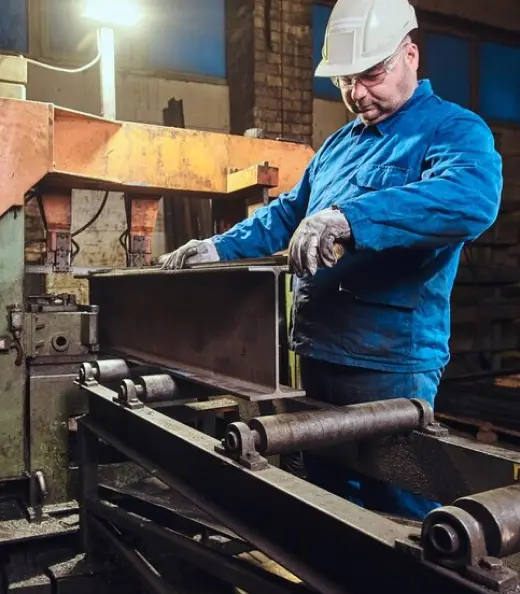
Since Colvin-Friedman was founded right after World War II, we have invested our time and labor into producing components for the nascent high-tech world. Today, we have more than 75 years of experience in die-cutting for the electronics industry and we’re proud to have been a part of the first TVs up to the cutting edge of technology in the 21st century. However, while die cutting may be used for high-speed runs for different materials used in electronics manufacturing, that speed can never be at the expense of accuracy and precision. Below are some of the most common materials that we die-cut for our electronics manufacturing clients.
Or call Josh at (707) 769-4488
Insulating Materials
Conductive Materials
Adhesive Materials
Plastic and Polymer Films
Foam Materials
– Insulating sheets and gaskets
– Transformer insulation
– Motor winding insulation
– Capacitor films
– Foil connectors
– EMI/RFI shielding gaskets
– Flexible printed circuits
– Battery electrodes
– Double-sided adhesive tapes
– Thermal interface materials
– Cable management solutions
– Labels and nameplates
– Protective covers for electronic components
– Membrane switches
– Touchscreen overlays
– Insulating sleeves
– Vibration dampening pads
– Cushioning for delicate components
– Thermal insulation
– Acoustic absorption materials
Flat press for precision cuts on thin materials; Rotary for high-volume production of simpler shapes
Flat press for intricate patterns; Rotary for long runs of consistent shapes
Rotary for high-volume, continuous production; Flat press for precise, complex shapes
Rotary for high-speed cutting of thin films; Flat press for thicker materials or intricate designs
Flat press for precise cutting of thicker foams; Rotary for high-volume production of thinner foam materials
Or call Josh at (707) 769-4488
With such disparate material types, it may seem difficult to imagine that one die cutter has the experience to work with each, given different characteristics like tensile strength, flexibility, resistance to heat, and even conductivity. However, we have developed a set of best practices for each material type. If you are looking for a supplier of die cutting for electronics, make sure that they follow these quality measures:
Maintaining precise thickness tolerances
Preventing contamination that affects insulating properties
Achieving clean cuts while avoiding fraying/delamination
Use high-precision die-cutting equipment with depth control. Implement regular calibration and quality checks using micrometers or thickness gauges.
Establish a clean working environment. Use dust-free storage for materials and implement material handling procedures to minimize contamination.
Optimize cutting pressure and speed for each material. Use sharp, well-maintained dies, and consider using specialized dies for composite insulating materials.
Avoiding oxidation on cut edges
Maintaining conductivity across cut surfaces
Preventing static build-up
Use inert gas shielding during the cutting process for sensitive materials. Implement proper storage and packaging to protect cut parts from environmental exposure.
Optimize cutting parameters to minimize burring. Consider post-cutting treatments like edge plating for critical applications.
Implement anti-static measures such as ionizers in the production area. Use proper grounding techniques for machinery and operators.
Preventing adhesive bleed during cutting
Achieving clean release from cutting surface
Maintaining consistent adhesion after cuts
Use chilled dies and cutting surfaces where possible to maintain integrity.
Use release coatings for cutting boards and/or dies. Clean surfaces frequently as needed per inspections.
Maintain proper temperature and relative humidity levels for the adhesive compounds during production as well as storage, with regular quality control checks.
Preventing static cling/particle attraction
Achieving clean cuts without tearing
Maintaining dimensional stability
Anti-static bars and ionizers are the key additional tools to minimize particle attraction. Anti-static additives may be included in the plastic design as necessary.
Vacuum systems to hold films steady will minimize tearing, as will maintaining the sharpness of dies with regular inspections.
Watch for expansion and contraction due to environmental factors like temperature and humidity. Use proper backing materials for support as needed.
Achieving consistent density
Preventing compression set in foam components
Ensuring clean cuts on open-cell foams
Foam-cutting dies are unique cutting solutions that have different blade angles and can be operated at different speeds to ensure through cuts are effective.
Optimize cutting pressure to the minimum needed for parts production and give components time to “rest” before storing/shipping.
Ensure dies are as sharp as possible and maximize speed until the limit where it could impinge on production quality.
Or call Josh at (707) 769-4488
The following information is crucial to keep in mind when moving forward with an order for die-cut components for Electronics
01. Tight Tolerance Levels: Electronics require components with extremely tight tolerances. We are equipped with the machinery necessary to maintain high tolerances for even the smallest parts such as gaskets, insulators, or EMI shields.
02. Material Compatibility: Many electronic components require materials like polyimide films, copper foils, or delicate adhesive tapes. Our team of die-cutting professionals works to prevent issues like tearing, fraying, or dimensional distortion to provide consistent quality.

03. Flexible Electronics Applications: Die cutting is a critical part of the process for producing the flexible circuits used in electronic devices. We are equipped to handle flexible substrates like polyimide or polyester, and cutting circuits that need to bend, fold, or flex during assembly or use.
04. Protection Against ESD (Electrostatic Discharge): Electronic components are highly sensitive to static electricity, so we take measures such as anti-static mats, ionizers, and grounding systems to minimize ESD risk.
05. Multi-Functional Components: We can create multi-layered components such as adhesive gaskets with conductive layers or thermal management materials with insulating properties. This is imperative for applications such as EMI shielding or thermal interface management


From the 1940s until now, the electronics industry has exploded and so, too, need for die-cutting suppliers to work with partner manufacturers to adapt to the latest materials. By keeping our experience as our foundation but always looking forward to new materials, designs, and projects, we’re able to bring historic measures of quality to the modern production line. If you’re looking for a supplier that can work with myriad materials, and tight-tolerance designs and do so with a fair turnaround, please don’t hesitate to reach out via the quote form. You can also call our Vice President Josh Rodman at (707) 769-4488. While we’re confident that we can produce the die-cutting processes you need, we look forward to collaborating with you on any design questions or concerns you have.
Or call Josh at (707) 769-4488